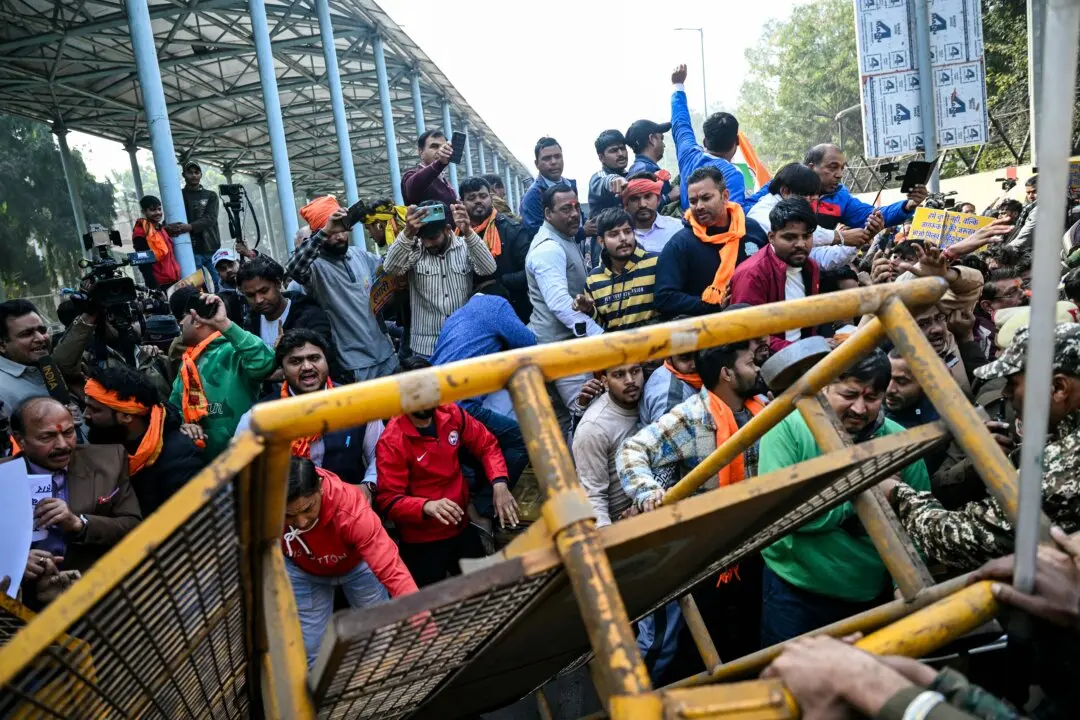A long and detailed magazine article in mainland China described in detail the horrific tortures used against the inmates of the Masanjia Labor Camp in northeastern China’s Liaoning Province. Here, in their own words, are the accounts of three victims of Masanjia.
Zhang Lianying, 49, Beijing
Zhang Lianying was tortured in over 50 different ways during the cumulative seven years she spent in labor camps around China, including a period in Masanjia in 2008. Torture methods she was subjected to included strangulation, isolation in darkness, force-feeding, sleep deprivation, denied use of the toilet, exposure to freezing temperatures in the winter and sun in summer, pulling out her hair, tying her up for days, and more. The worst, she wrote, was suffocation with a wet paper towel, “which still chills me to recall.” She was nearly suffocated to death nine times. Each time she went unconscious, became incontinent, and went limp; her tormentors then removed the towel from her nose and mouth, and then did it again. “The pain was so severe that I felt I would explode.”
Anonymous Victim
The name, age, and sex, of this labor camp victim are all unknown—but this victim is perhaps the most famous of Masanjia’s detainees, after handwriting a letter and slipping it into some Halloween decorations, produced at Masanjia by convict labor, for export. “People who work here, suffer punishment one–three years averagely, but without court sentence. Many of them are Falun Gong practitioners, who are totally innocent people only because they have different believe [sic] to [the regime]. They often suffer more punishment than others.”
Jia Yahui, 38, Shenyang, in northeastern China’s Liaoning Province
“An example of brutal torture, especially against females, is the use of electric batons to shock the sensitive regions, like the waist area and other areas,” Jia Yahui said through a translator, barely holding back tears at the haunting memories. In Masanjia, she said, “I saw some windows and doors covered by white paper. I asked what those rooms were used for, and they replied that they’re for patients with skin disease or mental problems. This lie was revealed when I was detained there myself. The practitioners that didn’t ‘transform’ are locked in rooms there, so the torture methods the guards use will not be known or seen from the outside.”





